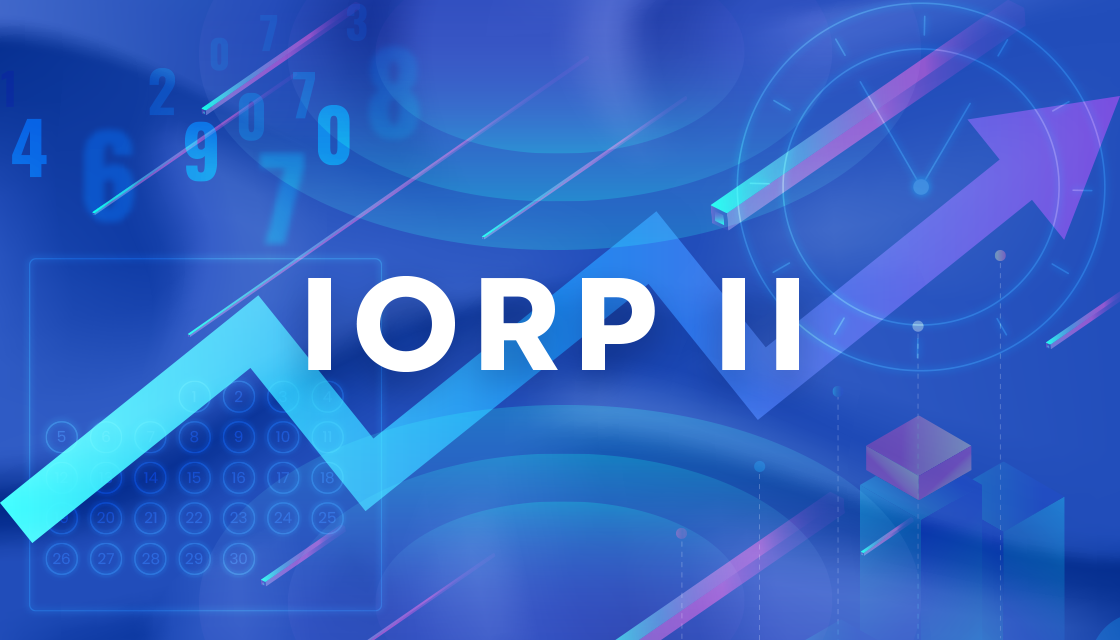
IORP II Reporting Software Platform
Tabular is a comprehensive tool that covers all of the requirements for IORP II reporting. Information must be validated and supplied to EIOPA in an XBRL format – the standard for reporting regulatory financial information, Tabular meets all of these requirements and much more.
Based on our large amount of experience with Solvency II (and given IORP II’s similarity to it) we have developing a new Excel front-end based reporting software solution specifically for pension funds.
This will enable you to complete the IORPII QRT templates in a simple and easy to use spreadsheet platform, coupled together with our advanced time saving tools and easy to install and update system, this will make the process a breeze. Once populated the templates can be fully validated and converted into XBRL (or other format required by your NCA).
We offer a deep level of customer support during office hours and this is the one of the key advantages of our system, you can complete the templates alongside our support engineers to ensure you have confidence in the process you are following.
If you are interested in a demo of our IORP II reporting software solution, please contact us here: Contact for Demo
If you would like more information from the regulator site, please follow the suggested link below:
Understanding IORP II
The Institutions for Occupational Retirement Provision Directive II (IORP II) is a cornerstone of the European Union’s effort to enhance the governance, risk management, and transparency of occupational pension schemes. In force since January 2019, IORP II builds upon the original IORP directive and aims to create a safer and more resilient pension landscape for millions of EU citizens.
At its core, IORP II focuses on improving the quality of supervision and internal governance across pension funds, particularly in the areas of risk management, investment strategy, and member communication. It introduces stricter requirements around the roles of key functions—such as risk management, internal audit, and actuarial oversight—to ensure independent, effective control over critical decisions. This helps to reinforce trust and reduce the risk of underperformance or mismanagement.
Another major development is the emphasis on cross-border pension activity. IORP II streamlines procedures for cross-border operations, promoting the internal market and helping multinational employers manage pension obligations more efficiently across EU member states. This contributes to the broader goal of a more integrated and mobile European workforce.
IORP II also places a strong emphasis on transparency and member communication. Pension funds must provide clear, timely, and understandable information to members, particularly regarding benefits, investment risks, and sustainability factors. This is especially important in an era where long-term retirement security increasingly depends on informed decision-making.
Looking ahead, IORP II is expected to influence further regulatory developments, particularly in aligning with ESG considerations, digital reporting, and pan-European pension products. Its principles offer a framework that supports both financial stability and member protection.
In summary, IORP II represents a proactive step toward modernizing Europe’s occupational pensions, strengthening governance, and improving outcomes for pension scheme members across the EU.
